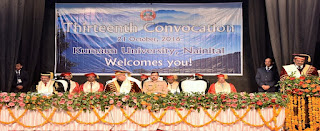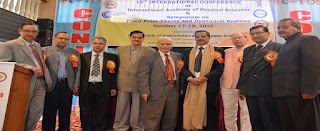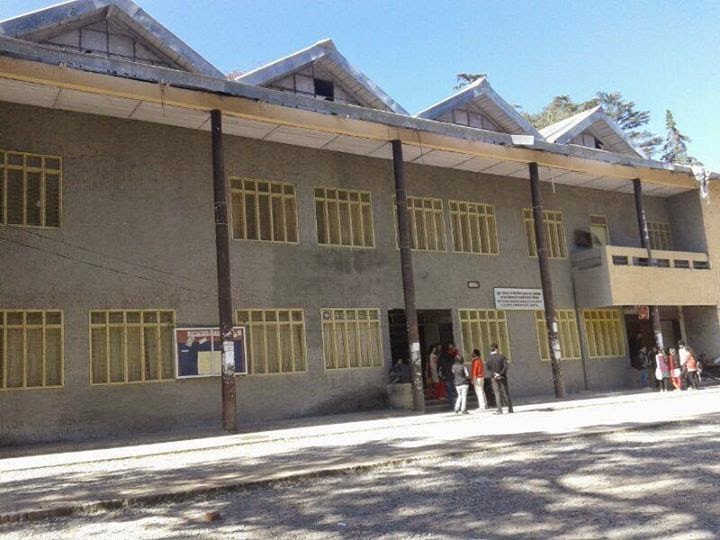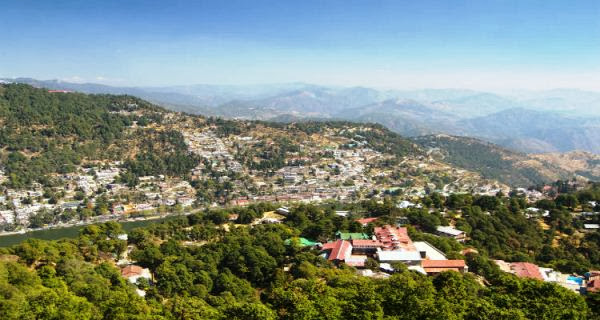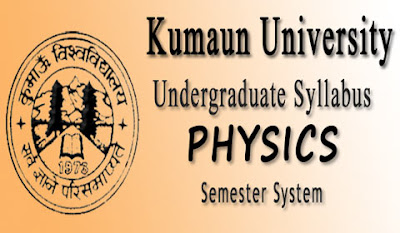Kumaun University Nainital
Proposed Syllabus for B. Sc. Semester program to be implemented from
Session 2016-17
Subject: Computer Science
The Course: The B.Sc.(P,M,CS) Computer Science Program is a 3-year (6 semesters) programme from 2016-17 onward. Earlier 3 year course consist of only one Exam at the end of the year.
In this programme of B.Sc. Computer Science Student get to study computer languages such as C, C++, Java and Advanced Internet Technologies, RDBMS, Data Structure and Algorithms, XML and so on. This course helps student in building a strong base in computer technology. As in this course student have to study Mathematics and Physics in Parallel which helps student in enhancing there knowledge in these subjects also. Meritorious students of this course can get admission directly to M.Sc. Computer Science or MCA in any University.
Right now, The Department of Computer Science is running 2 courses :
For students admitted from academic year 2016-2017 onwards
BSc Computer Science [Semester System] : To Download Syllabus Go to end of the page
And
For students admitted before academic year 2016-2017
BSc Computer Science (old course) : To Download Syllabus click on (Link)
Semester system course structure for B.Sc. computer science :
- The course work shall be divided into six semesters with three papers in each semester.
- Each paper in a semester will be of 80 marks out of which 60 marks for theory and 20 marks are allotted for internal assessment (written test or assignments or both)
- Each theory paper shall consists of section A: 20% of total marks (12 marks; one question of 12 parts; multiple choice, one word/one sentence answer, fill in the blanks, true- false; all parts will be compulsory), section B: 40% of total marks (24 marks, one question of 06 parts; any 04 have to be attempted with short answer) and section C: 40% of total marks; (24 marks, 04 questions, any two have to be attempted with long answer).
- Practical in each semester will be of total 60 marks, out of which 15 marks are assigned for internal assessment (attendance, practical records etc.).
- Practical examination will be evaluated by both external and internal examiner.
Subjects For Semester II of B.Sc. Computer Science
BCS 101
Computer Fundamentals MM 60
UNIT I:
Evolution of Computers: Basic components of a Digital Computer- Control unit, ALU, Input/Output functions and memory, Generations, Computer Classification: Micro, Mini, Mainframe, Super Computer, PC, Server, Workstations.
UNIT II:
Input/Output Units: Keyboard, Mouse, Trackball, Joystick, Digitizing tablet, Scanners, Digital Camera, MICR, OCR, OMR, Bar-code Reader, Voice Recognition, Light pen, Touch Screen, Monitors, Printers & types-Daisy wheel, Dot Matrix, Inkjet, Laser, Line Printer, Plotter, Sound Card and Speaker.
UNIT III:
Memory: RAM, ROM, EPROM, PROM and other types of memory, Storage fundamentals- Primary Vs Secondary Data Storage, Various Storage Devices-Magnetic Tape, Magnetic Disks, Cartridge Tape, Hard Disk Drives, Floppy Disks, Optical Disks, CD, CD-R, CD-RW, DVD, DVD-RW Zip Drive, Flash drives Video Disk, Blue Ray Disc, USB Pen drive.
UNIT IV:
Software and its Need, Types of Software-System software, Application software, System Software-Operating System, Utility Program, Assemblers, Compilers and Interpreter, DOS- Files and Directory, Study of all Internal & External commands, Types of files, Programming languages.
UNIT V:
Data Representation within Computer: BIT, BYTE, WORD, ASCII, EBCDIC, BCD Code. Introduction to Number system: Binary, Octal, Decimal and Hexadecimal, Conversation from one number system to another number system.
References:
1. Fundamentals of Computers- V. Rajaraman
2. Fundamentals of Computers- P. K. Sinha
3. Introduction to Computers and C Programming- S. K. Bajpai and D. S. Yadav
BCS 102
Introduction to C Programming
BCS 103
Discrete Mathematics
Subjects For Semester II of B.Sc. Computer Science
BCS 201
Data Structures using C
BCS 202
Digital Electronics
BCS 203
Introduction to UNIX
To download PDF of Syllabus for all semesters Click Link given below
UG [B.Sc.] Semester syllabus of Computer Science pdf
To Download Previous Year Paper of B.Sc. Computer Science Click this link
B.Sc. semester I, II, III, IV, V, VI Syllabus of Computer Science from 2016 on-wards, Kumaun University B.Sc. computer science syllabus








